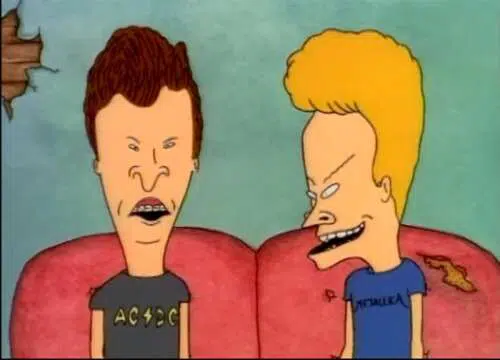Cartoons have been a cornerstone of entertainment and culture for decades, shaping the way we view the world and the diverse individuals that inhabit it. Among the many aspects that have evolved in animation, the portrayal of Black characters stands as a testament to the industry’s growth and its commitment to reflecting the realities of society. From early stereotypes to nuanced representations, the transformation of Black characters in cartoons is a journey that highlights the power of media to influence perceptions and drive change.
The Early Years: Harmful Stereotypes
The history of cartoons is marred by a dark period of racial caricatures and stereotypes. During the early 20th century, when animation was finding its footing, many Black characters were portrayed through offensive imagery that reinforced negative stereotypes. These black ugly cartoon characters were often relegated to subservient roles, reflecting prevailing racial biases of the time. This harmful representation perpetuated damaging ideas about Black individuals and their capabilities, sending detrimental messages to audiences, both young and old.
Pushing Boundaries: Pioneering Change
As societal awareness and sensibilities progressed, so did the portrayal of Black characters in cartoons. The civil rights movement and the fight against racial discrimination had a significant impact on media representation, prompting creators to reassess their approach. In the 1960s and 1970s, animated series like “Fat Albert and the Cosby Kids” introduced diverse characters with more complex personalities and relatable storylines. While still not entirely free from stereotypes, these shows marked a shift towards portraying Black characters with greater authenticity and depth.
The Renaissance of the 1990s: Multidimensional Characters
The 1990s brought about a significant renaissance in animated storytelling, accompanied by a new wave of diverse and multidimensional characters. Shows like “The Proud Family” and “Static Shock” showcased Black protagonists navigating everyday life, friendships, and even superhero escapades. These characters were no longer confined to narrow archetypes; they had passions, fears, dreams, and dilemmas that resonated with audiences from all walks of life. This era marked a pivotal moment in the evolution of Black character portrayals, as creators strived to capture the richness and complexity of the Black experience.
Contemporary Realism: Striving for Authenticity
In the present day, the animation industry continues its journey towards more authentic and inclusive representation. Creators and animators understand the importance of avoiding one-dimensional stereotypes and instead aim to portray a range of experiences within the Black community. Shows like “The Boondocks,” “Black Panther: The Animated Series,” and “Craig of the Creek” demonstrate a commitment to exploring social issues, cultural identity, and personal growth through the eyes of Black characters. These narratives reflect not only the experiences of Black individuals but also contribute to a broader dialogue on diversity and representation.
Challenges and Progress Ahead
While significant progress has been made in portraying Black characters in cartoons, challenges still persist. The animation industry, like any other, is not immune to ingrained biases or blind spots. To create truly authentic and diverse portrayals, creators must continue to actively seek out and listen to voices from within the communities they aim to represent. Collaboration with writers, artists, and consultants from various backgrounds can ensure that stories are grounded in reality and resonate with authenticity.
Moreover, the transformation of Black characters in cartoons is not limited to just their portrayal but extends to the creative teams behind the scenes. Encouraging diversity within animation studios can lead to richer storytelling, as a variety of perspectives come together to shape narratives that resonate on a global scale.
In Conclusion
The transformation of Black characters in cartoons is a testament to the power of media to both reinforce and challenge societal norms. From harmful stereotypes to multidimensional protagonists, the evolution of these portrayals reflects the changing attitudes towards race and representation. While progress has been made, the journey is ongoing, and creators must remain vigilant in their efforts to break free from stereotypes and embrace authenticity. As animation continues to captivate audiences young and old, its ability to shape perceptions and drive positive change remains as vital as ever.

